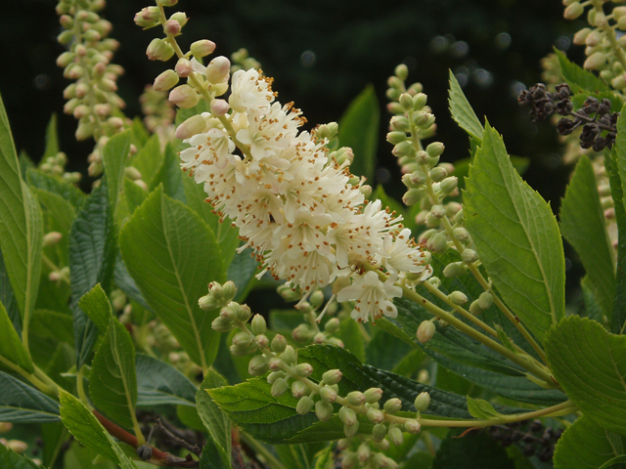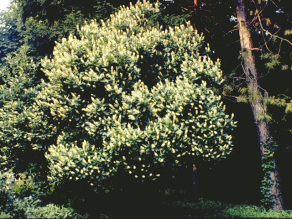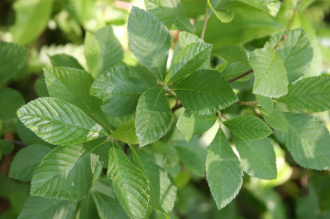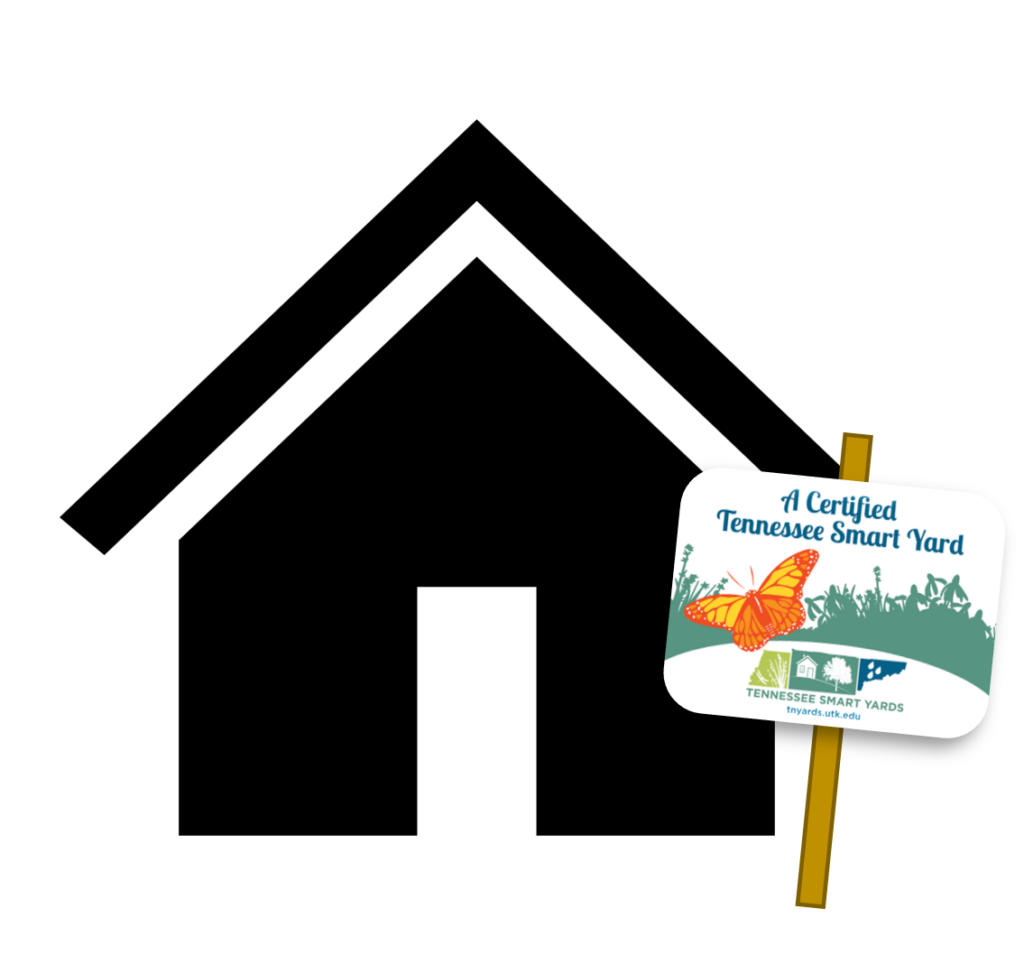
Common Name: Sweet Pepperbush, Summersweet, Coastal Sweet Pepperbush
Grows in full sun to heavy shade but does best in light, dappled shade; wet to medium moisture level; tolerates a wide range of soils including sands and gravels, loamy sands, silt loams, peats, mucks and heavy clays; very strongly acid to slightly acid pH.
5-10 feet height by 4-6 feet spread; blooms July-August; white flowers; seeds are globular capsules crowded in stiff upright spikes.
Growth Rate: Slow to medium
Maintenance: Low maintenance and easy to grow. No serious insect or disease problems. Damage by spider mites can be severe in hot, dry locations.
Native Region: Only occurs in Coffee County
Designated a “Threatened Species” in Tennessee. Has attractive white, bottle-brush like flowers, exfoliating bark and yellow-orange to rich brown leaves in fall. Found naturally in wet woods, thickets, marshes, swales and bogs, along lake and stream edges and near rocks in water. Spreads slowly by rhizomes and forms thickets. Grows naturally in poorly drained moist soils where it will get larger and produce more suckers. Difficult to transplant. Attracts bees and butterflies; seeds are eaten by birds and small mammals. Cultivars are available.


